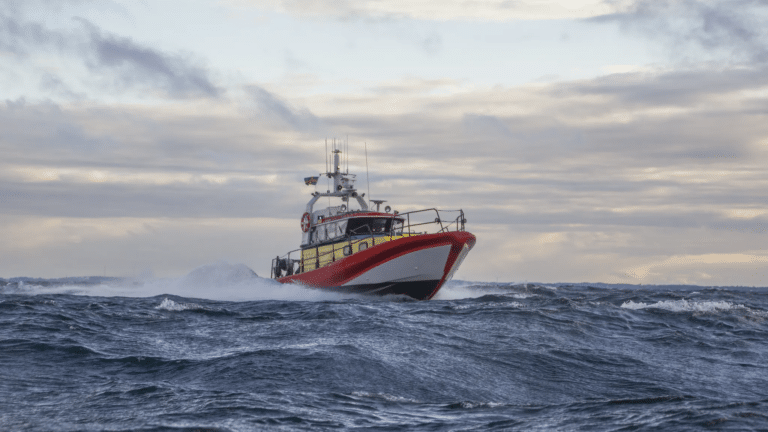Dotting the vast stretches of the Swedish coastline, the distinct white-red-yellow hued sea rescue cruisers of the SSRS (Sjöräddningssällskapet) are a reassuring presence. Since 1907, countless generations of mariners have depended on the brave men and women of this non-profit, volunteer-based organization to ensure their safety on the tempestuous Baltic Sea, regardless of the severity of the weather or the perilousness of the mission. The organization has a rich history of heroic missions conducted in extreme conditions, often defying odds to save lives. Yet, they also tirelessly work towards preventing these perilous situations by promoting precautionary measures and educating the public about maritime safety protocols.
Presently, the SSRS comprises 74 rescue stations and 270 fully equipped rescue units, poised to speed towards those in distress within 15 minutes of receiving an alert. The organization’s remarkable preparedness is backed by over 2400 volunteers, a membership exceeding 140,000, and a compact team of 38 full-time employees. This lean, yet efficient, setup necessitates smart technology usage to facilitate the approximately 12,500 rescue missions launched in 2022. One of the individuals orchestrating this complex network of maritime safety is Jonas Carlsson, Director of Ship Newbuilding, particularly interested in IoT and digitalization.

Carlsson shares how the boats are equipped with cameras that were initially analog and primarily used to assist with docking maneuvers. However, recognizing their broader potential, the analog cameras were replaced with IP-based digital cameras, requiring the establishment of an onboard IP network. This development paved the way for fully automated cameras, integrated onboard telemetry, and live streaming during rescue missions.

He adds, “The boats can activate streams from any camera. These streams are transmitted onto large screens at the Joint Rescue Control Center (JRCC), giving the mission coordinator real-time situational awareness. This comprehensive view of the maritime conditions, the vessel in distress, and all the additional details that a video stream can relay, streamlines communication, saves time, and offers a more accurate impression of the at-sea situation. Additional assistance can be coordinated, and remote expert guidance can be provided to the rescue crews.”
Digitalizing the rescue fleet posed a significant challenge – each boat essentially functions as a server and requires software management for reliable operation and system updates. Understanding the need for a secure, efficient solution, Carlsson found qbee’s device management solution to be highly fitting. After a successful trial period, he discovered that qbee not only met the required needs, but also significantly advanced automation.

The deciding factors for Carlsson were qbee’s unique features, including its compatibility with Raspberry Pis and other compact computers, its ability to group boats together, monitor online/offline conditions, manage software and updates, and its user-friendly interface backed by an excellent support team. Furthermore, qbee allows remote port forwarding through secure tunneling, enabling access to telemetry data from the web server and facilitating remote updates for the electrical systems.
Today, Carlsson utilizes qbee daily. Updates that once took many hours of boring repetitive work are now completed in mere minutes. As all boats are updated simultaneously and automatically, the system is more reliable and safer, freeing up time for Carlsson to focus on another pioneering digitization project. That is a platform that collects information about all technical onboard systems, enabling real-time tracking and advanced data analytics.
The digital system on the rescue boats presently includes forward, backward, and side cameras – all of which can be tilted and panned to capture every aspect of a rescue mission. Additionally, the engine room, radar, and navigation systems are also monitored through telemetry data, and all systems can be remotely controlled and updated.
Having observed the live telemetry from all systems, including the radar and live video feeds, the technological capabilities of these vessels are truly astounding. It’s remarkable that a volunteer organization with a small team of full-time staff can deliver such a high level of service in this critical sector. This achievement is made possible by a steadfast commitment that no life should be lost at sea. Both the rescue crews and the shore-based support team make extraordinary efforts to ensure that risks during missions are minimized as much as possible. The use of reliable, high-tech automation and live video streams involving the JRCC to a much greater extent contributes significantly to this complex safety puzzle.








